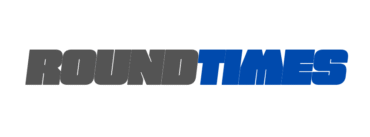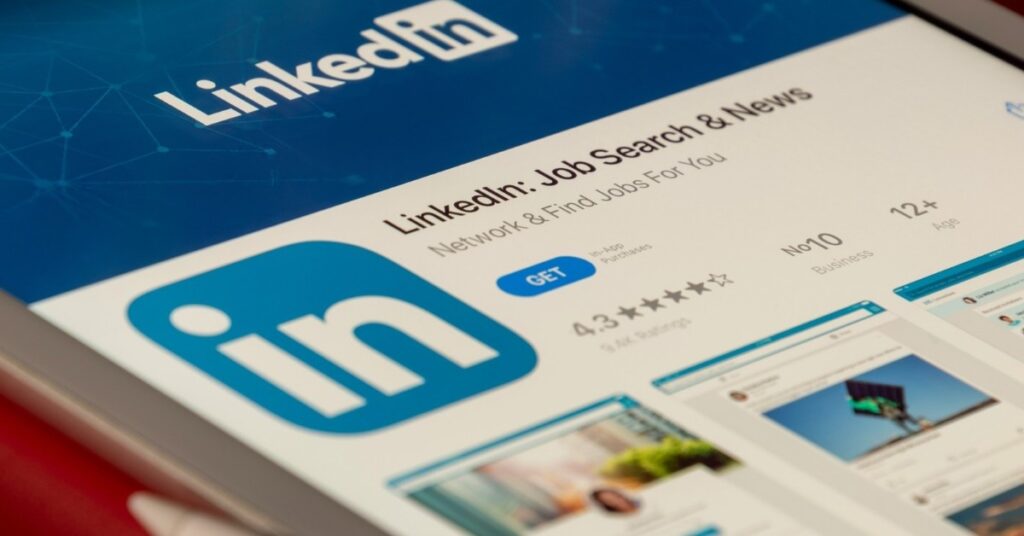Avoid the top 10 resume mistakes in 2025 and boost your job chances with expert tips, real examples, and ATS-friendly advice.

In today’s competitive job market, your resume is more than a document—it’s your personal marketing tool. With recruiters relying heavily on technology like Applicant Tracking Systems (ATS) and having limited time to review each application, a resume needs to be both visually appealing and strategically written.
Unfortunately, many job seekers continue to make resume mistakes that are easy to fix but costly to ignore. In this comprehensive guide, we’ll walk you through the top 10 resume mistakes to avoid in 2025, along with examples and practical tips to help you land that interview.
1. Using an Outdated Resume Format
Many candidates still use resume templates from a decade ago. These often include dense text blocks, outdated fonts, and the infamous “Objective” statement.
Why it’s a problem:
Modern resumes should be designed for both human readers and ATS. Old formats may not scan well and can make it hard for recruiters to spot key details.
Example of outdated resume format: Objective: To obtain a position in a reputed organization where I can use my skills…
What to do instead:
Replace the objective with a concise professional summary. Use headings like “Summary,” “Core Competencies,” “Experience,” and “Education.” Stick to clean fonts like Arial or Calibri, and avoid excessive colors or graphics.
2. Not Tailoring the Resume for Each Job
Many job seekers send the same resume to every employer. This is a major missed opportunity.
Why it’s a problem:
Recruiters are looking for specific qualifications and experience that match the job description. A generic resume doesn’t reflect that you’ve read the job posting.
Example mistake:
Applying for a marketing job with a resume focused on administrative experience.
What to do instead:
Customize your resume for each job. Highlight skills, tools, and achievements that match the position. Use language from the job description to help your resume pass ATS filters.
3. Skipping Keywords for ATS Compatibility
ATS software screens resumes for keywords before a human ever sees them. If yours doesn’t contain the right ones, it could be rejected automatically.
Why it’s a problem:
You could be qualified but still not make it to the interview stage because your resume wasn’t optimized.
Example mistake:
Using “led a team” instead of “project management” when the job ad prioritizes project management experience.
What to do instead:
Carefully study the job description. Look for repeated phrases and skills, and include them naturally throughout your resume—especially in your summary and skills sections.
4. Listing Irrelevant Work Experience
Filling your resume with every job you’ve had, especially if it’s unrelated to your target role, can hurt more than help.
Why it’s a problem:
Recruiters only care about experience that adds value to the position they’re hiring for. Irrelevant jobs distract from your core strengths.
Example mistake:
Listing a part-time retail job on a resume for a software development role, without showing transferable skills.
What to do instead:
Focus on relevant experience. If an unrelated job has taught you something useful—like leadership, customer service, or problem-solving—mention that specifically.
5. Using Vague Language Instead of Achievements
A common error is describing duties rather than accomplishments. Employers want to see what you’ve achieved, not just what you were responsible for.
Why it’s a problem:
Generic phrases like “responsible for managing files” don’t convey impact or success.
Example mistake:
“Handled customer complaints.”
What to do instead:
Use the STAR method—Situation, Task, Action, Result. Include metrics whenever possible.
Better example:
“Resolved 95% of customer complaints within 24 hours, improving customer satisfaction ratings by 20%.”
6. Spelling and Grammar Errors
This may seem obvious, but many resumes still contain typos and grammatical mistakes.
Why it’s a problem:
Errors signal carelessness. In a competitive job market, even one typo can be enough for your resume to be discarded.
Example mistake:
“Detail-orinted professional with experiance in project mangement.”
What to do instead:
Proofread your resume several times. Use spell-checking tools and ask someone else to review it. Reading it out loud can also help you catch errors.
Also Read: The Ultimate Interview Guide: How to Prepare for and Ace Your Job Interview in 2025
7. Overloading with Jargon or Complex Language
Trying to sound too technical or sophisticated can backfire, especially if the person reading your resume isn’t from a technical background.
Why it’s a problem:
Your resume should be clear and easy to understand. Using too much jargon makes it hard for recruiters to grasp your value.
Example mistake:
“Utilized synergistic strategies to leverage cross-functional efficiencies.”
What to do instead:
Write in plain, professional English. Make it easy for any reader—HR managers, hiring managers, or recruiters—to quickly understand your background.
8. Leaving Out Important Contact Information
Some candidates forget to include vital contact details like phone number, email address, or LinkedIn profile.
Why it’s a problem:
If employers can’t reach you easily, they’ll move on to the next candidate.
Example mistake:
Only listing your name and city, with no phone number or LinkedIn.
What to do instead:
Include your full name, phone number, professional email address, city (optional), and a link to your LinkedIn profile. Make sure all information is current.
9. Including Personal Details That Don’t Belong
Some resumes include unnecessary or outdated personal information, especially in regions where it’s no longer expected.
Why it’s a problem:
Details like age, marital status, religion, or a photo are irrelevant in most countries and can lead to unconscious bias or legal concerns.
Example mistake:
Including a headshot or stating “Married with two children.”
What to do instead:
Keep it professional and concise. Focus only on qualifications, skills, and work history. Unless you’re applying for a role in a country where a photo is required, skip it.
10. Using a One-Size-Fits-All Resume Summary
Your summary is your chance to make a first impression. A generic one won’t do much to get you noticed.
Why it’s a problem:
A vague summary doesn’t tell the employer why you’re a good fit.
Example mistake:
“Experienced professional seeking a challenging position.”
What to do instead:
Write a tailored summary that reflects your unique value and matches the role. Keep it focused and keyword-rich.
Better example:
“Marketing strategist with 6+ years of experience in digital campaigns, SEO optimization, and brand growth. Proven track record of increasing organic traffic by 200%.”
Also Read: How to Leverage Social Media for Career Growth: Essential Strategies for Professionals
Bonus Tips for Resume Success in 2025
Use a Skills Section Wisely
Highlight your top hard and soft skills using bullet points. Focus on skills that are relevant to the job and mentioned in the description.
Add a Technology or Tools Section
If you’re in a tech-savvy field, showcase the tools you’re proficient in—like Python, Salesforce, or Adobe Creative Suite.
Include Certifications
In 2025, continuous learning is essential. If you’ve completed relevant certifications (even online), include them with dates.
Showcase Remote Work Skills
With remote roles still in demand, demonstrate your ability to work independently, manage time, and use remote tools like Zoom, Slack, or Trello.
Keep It Short
Stick to one page if you have less than 10 years of experience. Two pages are acceptable for seasoned professionals, but only if every line adds value.
Also Read: Master Personal Branding: How to Build Your Unique Professional Identity
Final Thought
Your resume is often your only chance to make a strong first impression. Avoiding these common mistakes can help your application pass through ATS filters and stand out to recruiters.
In 2025, hiring managers expect more than just a list of past jobs—they want a clear picture of who you are, what you can do, and how you can contribute to their organization.
Tailor your resume for every role, optimize it with the right keywords, and focus on achievements rather than responsibilities. Most importantly, keep it clean, concise, and free of errors.
When done right, your resume won’t just land in the “maybe” pile — it will rise straight to the top.












